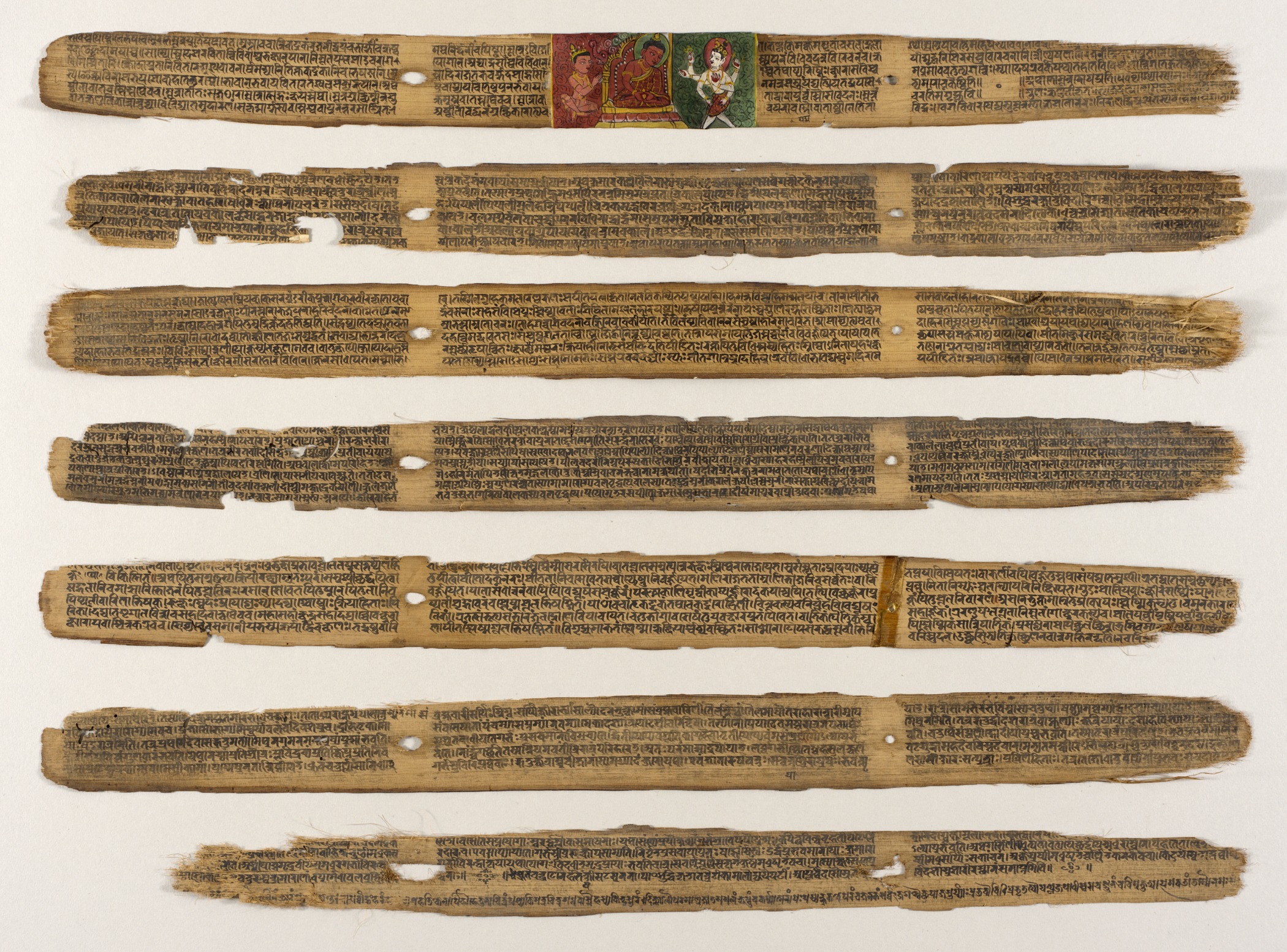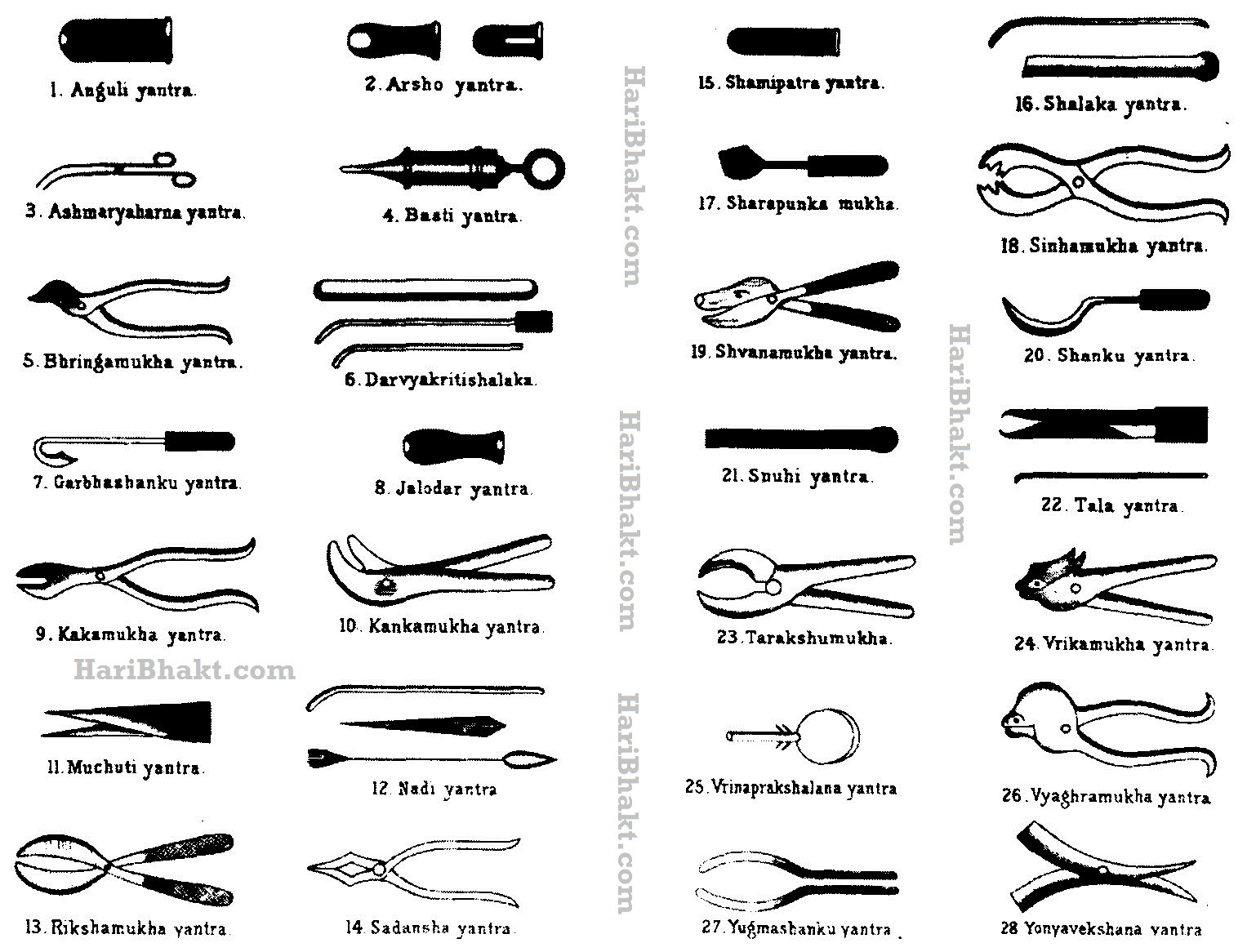

Shalya Tantra (Surgery)
Many would be shocked to know one plain truth: It was Ayurveda of ancient India that pioneered the modern concepts of surgery! Well, Shalya Tantra is a vital branch of Ayurveda the literal meaning of which is removal of an irritating factor from the body (surgery).
Sushruta’s original text discusses in an elaborate manner about a myriad of surgical methods that include how to handle different types of tumors, fracture of bones, internal and external injuries, complications during child delivery, and obstructions in intestinal loops. In fact, Sushruta was the first ever surgeon to develop cosmetic surgery! The use of numerous surgical instruments is explained in the Sushruta Samhita as well. Instruments were either made from wood, stone or other such materials.


The reason why Shalya Tantra was quite popular is it could provide fast relief compared to the slower process of recovery from herbs or medicines. The most popular physician of Ayurvedic medicine, Charaka, also recommended Shalya Tantra to treat certain diseases that needed immediate attention; for example, haemorrhoids.
According to Sushruta, it is best to use Shalya tantra when the problem with the body is beyond merely medicinal repair. In cases like cysts, abscesses, enlarged lymph nodes, haemorrhoids, kidney and bladder stones, urinary retention, and breast related diseases, he advised to use Shalya tantra. The treatment not only gives faster relief to the person suffering but is also beneficial in circumstances when the internal medicine fails to cure.
The procedures employed in this particular branch of Ayurveda give hands-on information about the various pre-operative procedures, general operative procedures, post-operative procedures, marmas or significant points and anaesthesia. In addition to this, it describes the kinds of bandages, yantras or blunt instruments, shastra or sharp instruments, and sutures or stitches used in surgery. Sushruta Samhita also explains the use of different surgical instruments for the treatment.
Instruments used in Shalya tantra, as described in Ayurvedic texts, were made mainly from wood, stone, broad leaves, branches of trees and various other natural materials. A creeper or the climbing plant was used in place of ligatures. Shalya tantra treatment was very popular in the ancient times mainly because it provided fast relief compared to other processes. For illnesses that demanded immediate treatment Shalya Chikitsa was the most preferred method.
The only major drawback of Shalya tantra was probably the lack of appropriate aseptic precautions during those days. Besides, the instruments used were raw and crude and hence use them caused pain.
In summary, there is no denying the fact that modern surgery has its roots or more precisely seeds in Sushruta Samhita. Sushruta was the first surgeon to discuss surgical techniques, a bold and steady step towards relief of disease and pain for mankind. Considering the fact that a range of surgical procedures were practised before thousands of years, this valuable and admirable work of the ancient times cannot go without appreciation and recognition.